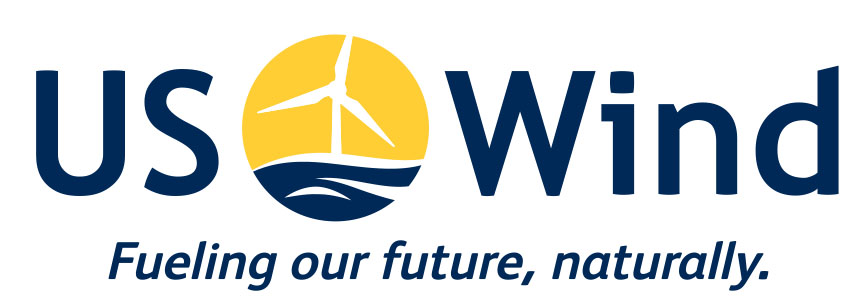Jobs in Wind Power: How the Offshore Wind Industry Can Energize Jobs
In 2017, the Bureau of Labor Statistics released a report of the fastest-growing occupations in the United States for 2016, and wind turbine technician ranked second on the list with a 96 percent growth rate—almost twice as rapid than home health aides, genetic counselors, and financial advisors.
While the same report projected around 5,600 additional jobs in a relatively small occupation in the next five years, the fact also remains that in 2016, for the first time in history, more than 100,000 people are employed in the wind industry in the United States, according to the American Wind Energy Association (AWEA), and the numbers continue to grow. In a Washington Post article, Tom Kiernan, AWEA’s chief executive, said, “The job growth we’re seeing is nine times greater than the average industry in this country.”
This signals a continuously thriving wind industry in the country as the world shifts to renewable energy. Around the globe, particularly in Europe, employment has significantly increased in the wind industry and inspired the term, ‘green growth’. In Scotland, where the first floating wind farm in the world is located, the offshore wind sector saw a 300 percent increase in jobs last year. The Global Wind Service released an analysis in 2017 that reveals Germany supports 143,000 jobs in their offshore and onshore wind industries. In addition, Scotland’s Wind Industry Association released its 2017 annual statistics, showing a 5.8 percent employment increase in the wind industry, the largest since 2008, as well as a 16 percent increase in export, amounting to DKK 55.6 billion (roughly USD 9.2 billion) in export and the revenue increased by more than DKK 9 billion (roughly USD 1.5 billion).
In the United States, the wind industry in general and the offshore wind in particular present a tremendous opportunity to spur economic growth, not to mention the numerous positive environmental impact. The country’s abundant offshore wind resources, electricity demand growth, and opportunities for greater energy diversity and security are not loss on many, including oil and gas giants that see a future in offshore wind power. They recognize the growing global demand in it, with their suppliers taking on projects and making investments. Many oil and gas workers, especially with the downturn in these industries, are also turning to the wind industry for high-paying jobs (a wind turbine technician has a median pay of $52,260 per year), as renewable energy continues to flourish.
The Bureau of Ocean Energy Management (BOEM) released a report that outlines approximately 160,000 gross jobs in coastal regions around the US that can be supported by the offshore wind industry. The industry requires local infrastructure, which involves construction, installation, operations, and maintenance, plainly speaking. According to the same report, “A Wind Vision study scenario estimates that 32,000–34,000 offshore wind-related jobs around the country could be created by 2020, increasing to 76,000–80,000 in 2030 and 170,000–181,000 by 2050. In addition, by 2050, the Wind Vision study scenario estimates that $440 million in annual lease payments and $680 million in annual property tax payments could flow into local economies.”
Then there’s also diversifying and securing energy resources. The Mid-Atlantic region has a significant wind source, and at the same time has relatively high electricity rates. The National Renewable Energy Laboratory in Colorado released a case study titled, Offshore Wind Jobs and Economic Development Impacts in the United States: Four Regional Scenarios, detailing increase in full-time equivalent jobs in each phase of offshore wind projects in the region, with as much as 42,000 FTEs in the labor-intensive construction period; as much as 20,000 FTEs in the operations and maintenance period, which last typically around 25 years.
In addition, a most recent Maryland PSC order has expressed an “overwhelming support for an offshore wind project from citizens, businesses, and public officials who testified at our public hearings in Berlin and Annapolis. Moreover, it also outlines positive net economic benefits to Marylanders, which includes U.S Wind’s direct creation of the following FTE jobs: 1,298 direct development/construction period jobs and 2,282 direct operating period jobs. U.S. Wind will not only be investing in manpower, but will contribute to the development of the facilities and investments in the state.
